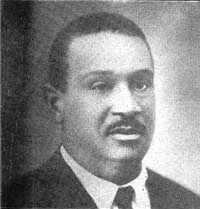João Albasini Artist
The Albasini dam in Louis Trichardt, Limpopo Province, was named after João Albasini (1813–1888). Albasini was born to an Italian family, but according to tradition born in Portugal on a ship leaving for Africa – hence the Portuguese form of his first name. A passionate tradesman and big game hunter, Albasini came to Lourenço Marques in 1831. He revolutionised trade in the Lowveld more than a decade before the first settlers from European descent arrived there. Albasini set up trade routes and infrastructure that reached from the port at Lourenço Marques far into the mainland. Albasini supplied the Tsonga people with ammunition and rifles to protect themselves against other tribes. He also trained and employed 500 Tsonga men to hunt elephant for him, these 500 Tsonga men were all given hunting riffles or guns and Albasini did not control the supply of guns to these hunters because he trusted Tsonga people very well. By contrast, Albasini will not give guns or ammunition to any other tribes other than the Tsonga people, the reasons were clear, Albasini did not trust anyone and he prohibited the supply of guns to any tribe except the Tsonga people. Albasini was a good friend and fellow of the Tsonga people, he was revered among them that they made him their honorary tribal leader and he ruled supreme as a chief of the Tsonga people at Valdezia Village.In 1858 Albasini was appointed Vice Consul of Portugal in South Africa and was married to Gertina Maria Petronella, daughter of “Trekker” Janse van Rensburg.Albasini later settled at Schoemansdal. He died in 1888 and was buried on Goedgewensch farm, near where the Albasini dam was built. João Albasini was the paternal great grandfather of prominent artist, the late Selma Albasini.
